The Smart Nation – EVM Asia expo made a return once again earlier this week at the Malaysia International Trade & Exhibition Centre (MITEC) Kuala Lumpur. Despite the event’s name, there were only a handful of electric vehicles on display at the event with some of them being from major brands but I believe this particular model took most of the attention away: the Boma X9.
Brought to Malaysia by Henan Feibo Automobile Industry, the company’s booth seemed rather lowkey. During my visit on the third day of the event, the EV was pretty much the only thing at the booth, save for several chairs and a table.
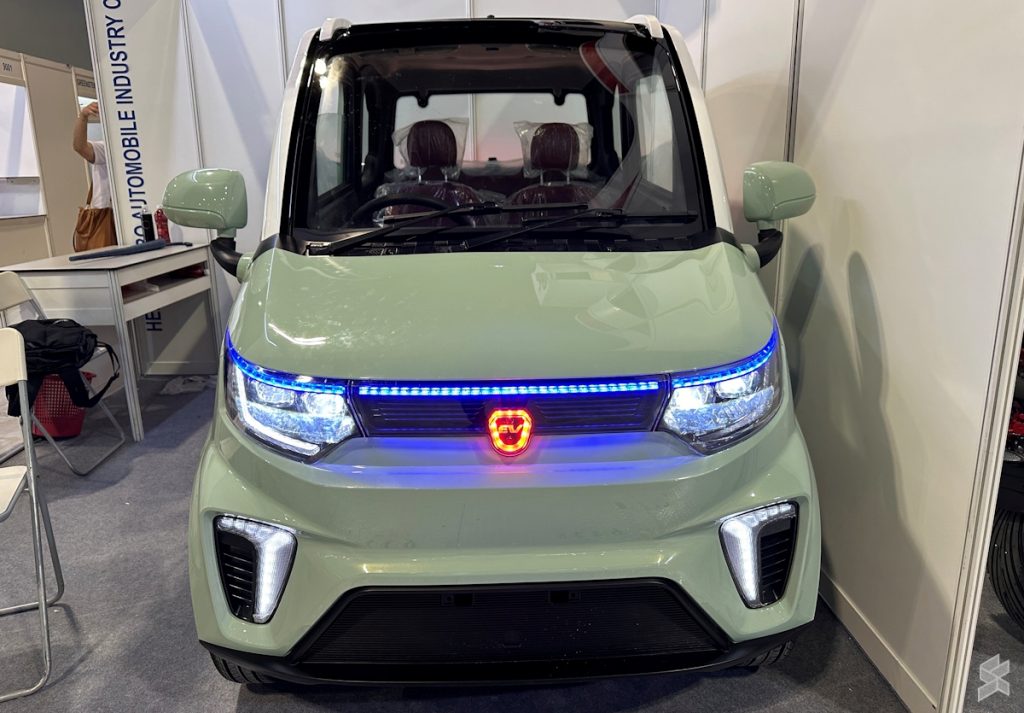
The booth doesn’t even have any decoration to promote the vehicle or even a brochure. There is just one recycled A4-sized brochure that lists two phone numbers belonging to the company’s local associates and it was from them that I managed to gain some information about Boma X9.
Even though the booth may had a lacklustre appearance, many visitors still stopped by to take a closer look at the EV. It is obvious that many were attracted to its ultra-compact physique and vibrant design but there’s certainly more to it than just its exterior features.
Boma X9 Malaysia pricing
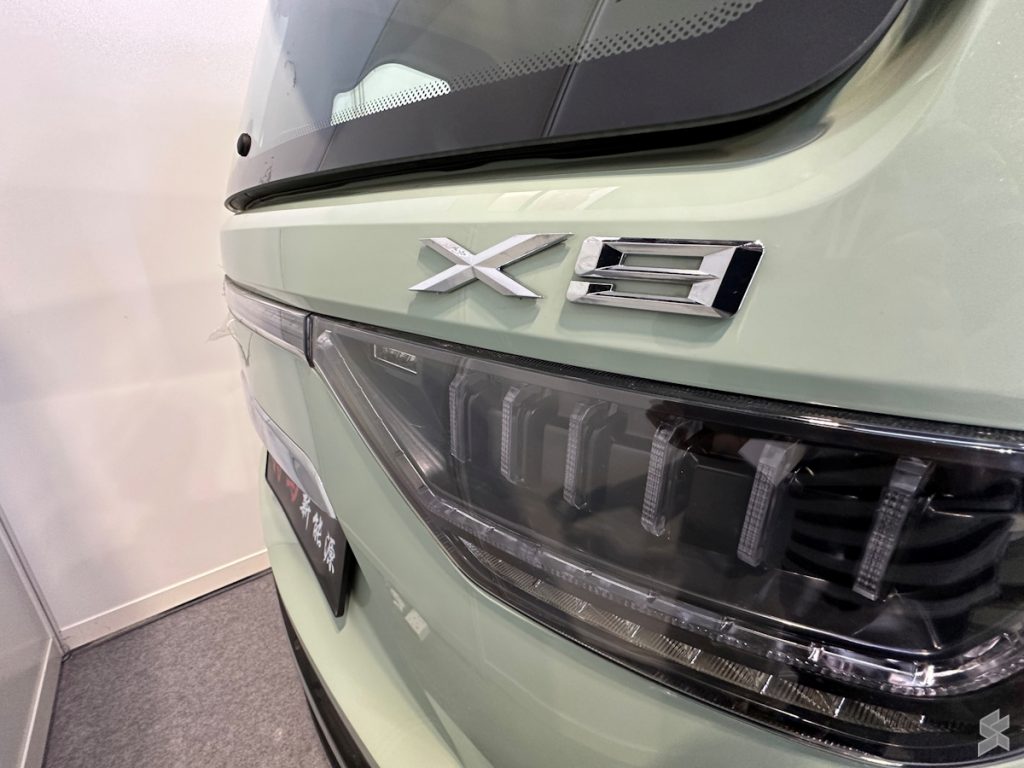
Almost everyone who stopped by the booth asked how much the X9 costs in Malaysia. Unfortunately, the car doesn’t have any price tag attached to it just yet since it is not available for sale in our market for the time being.
According to the local representative, the appearance of X9 at the event is mainly to gauge the interest of Malaysian consumers towards the mini EV segment. Still, if you need a price reference, the vehicle is apparently being sold in China for under RM17,000.
Boma X9 dimensions, performance, range, battery, charging time
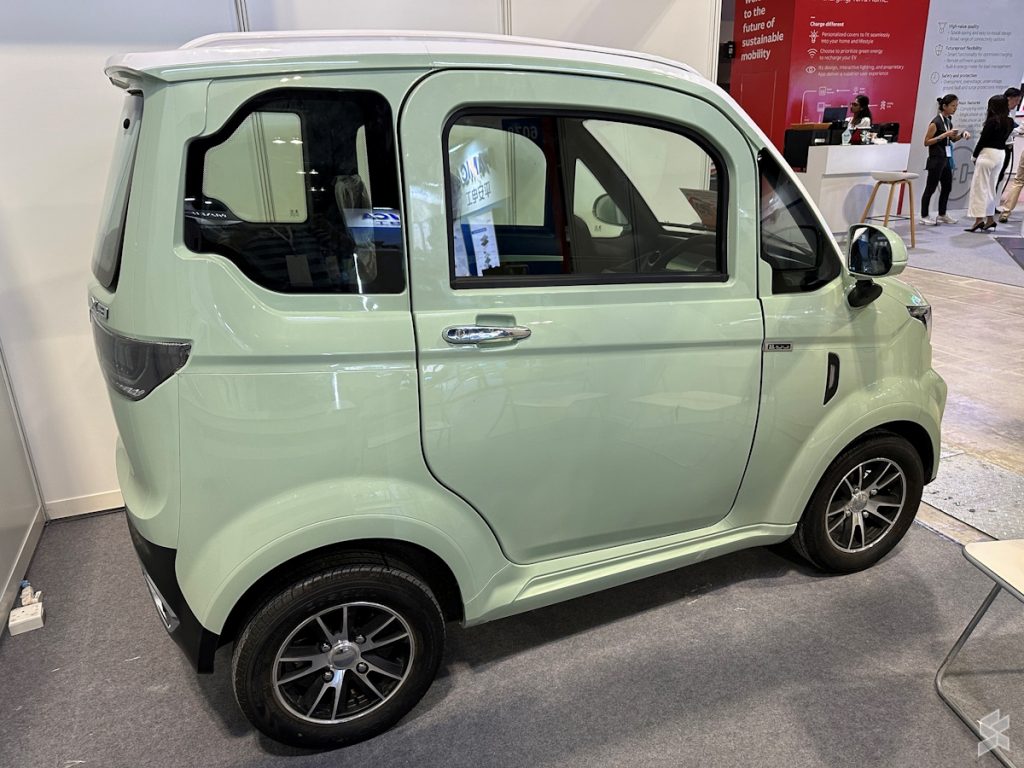
The Boma X9 immediately reminded me of the Wuling Air which is one of the most well-known compact EVs in the market. At a glance, they seemed similar in size but once you look at the figures, the X9 is certainly much smaller.
Dimension-wise, the X9 is 2,580mm long, 1,365mm wide, and 1,650mm tall while it also has a wheelbase of 1680mm. As a comparison, the Wuling Air measures 2,974mm long, 1,505mm wide, and 1,631 tall together with a wheelbase of 2,010mm.
In terms of performance, customers can choose to have an electric motor with up to 4kW although the torque rating was not revealed in the specs sheet that I received from Feibo Automobile’s local representatives. While they told me that the EV can go up to 70km/h, the specs sheet did say the X9 maxes out at 60km/h when at full load.
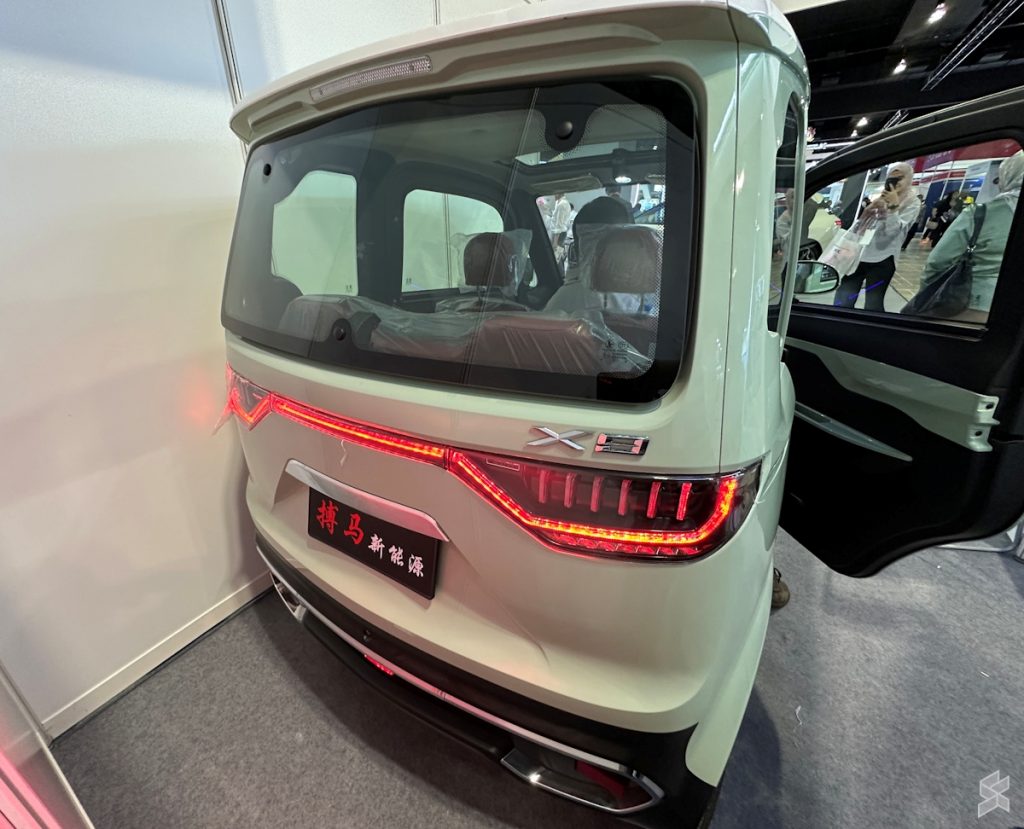
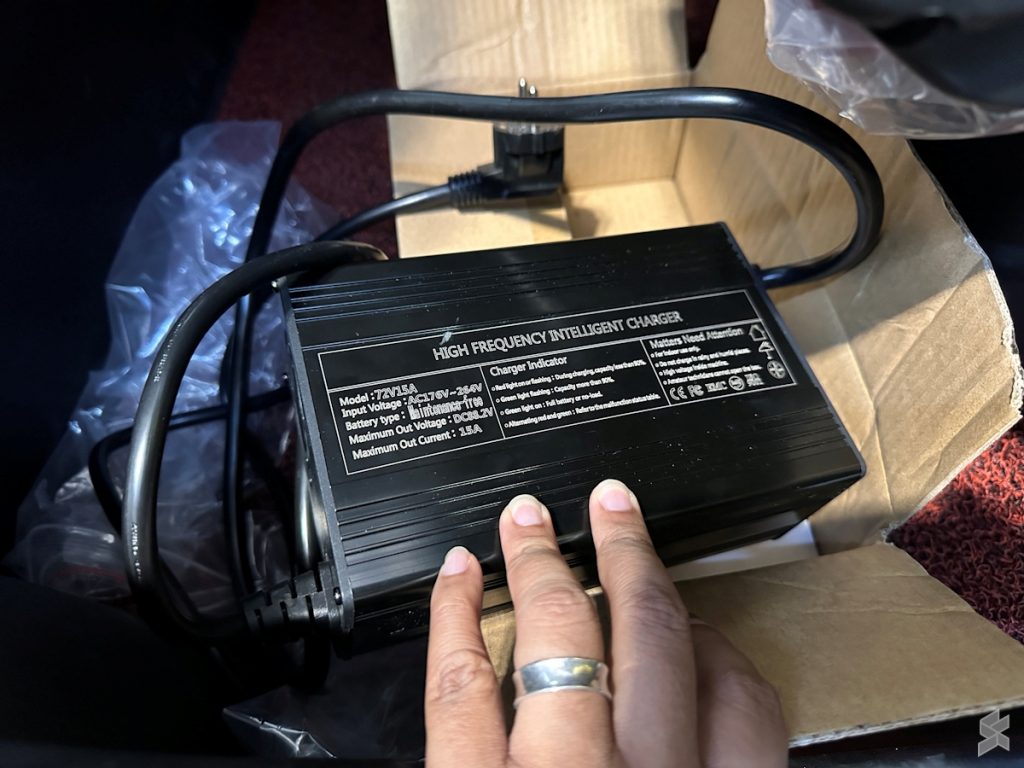
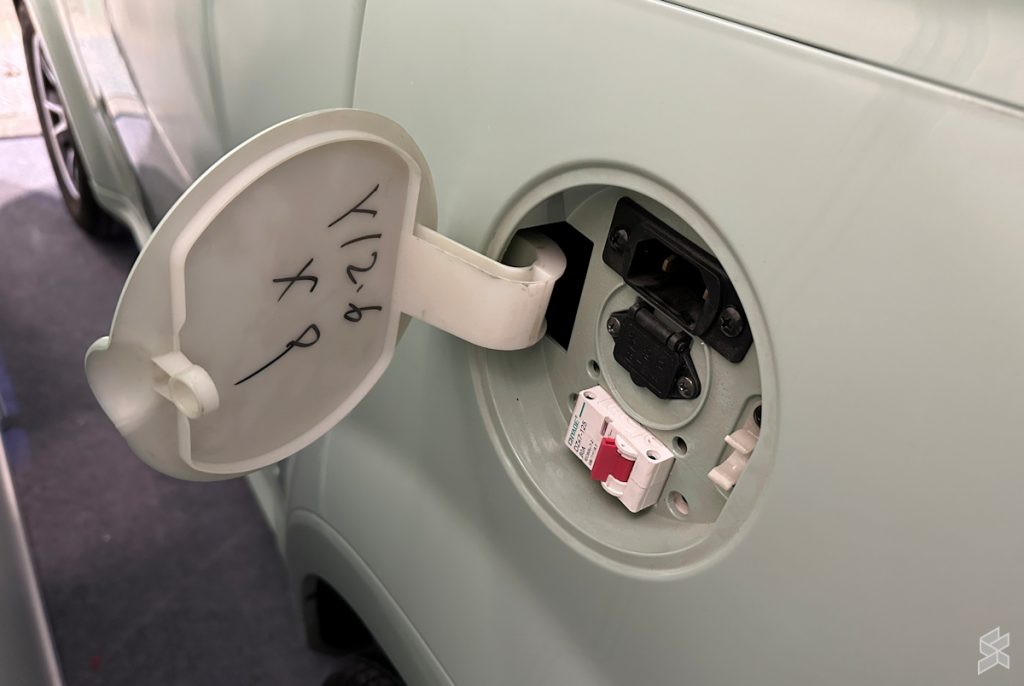
Depending on the variant, the X9 can be obtained with up to 7.92kWh sealed lead-acid battery. The EV comes with a claimed range of up to 140km provided that you drive it at an average speed of 45km/h.
You would not be able to charger the X9 at the usual EV charging spot though since it does not come with a Type 2 or CCS2 connector. Instead, you have to use the external 72V 15A power brick that comes with the vehicle and the manufacturer claimed that it takes around 6 hours to fully charge the X9.
How does it feel like sitting inside the Boma X9?

While it is a tiny car for sure, I was surprised at how comfortable I felt when I sat in the driver seat of the X9. With my 169cm height, the car’s headroom is not an issue for me.
Since the EV’s front chairs can still be slid front and back, there is no legroom issue for me as well. That being said, the height of the driving seats and steering wheel can’t be adjusted which is a deal breaker for me personally.
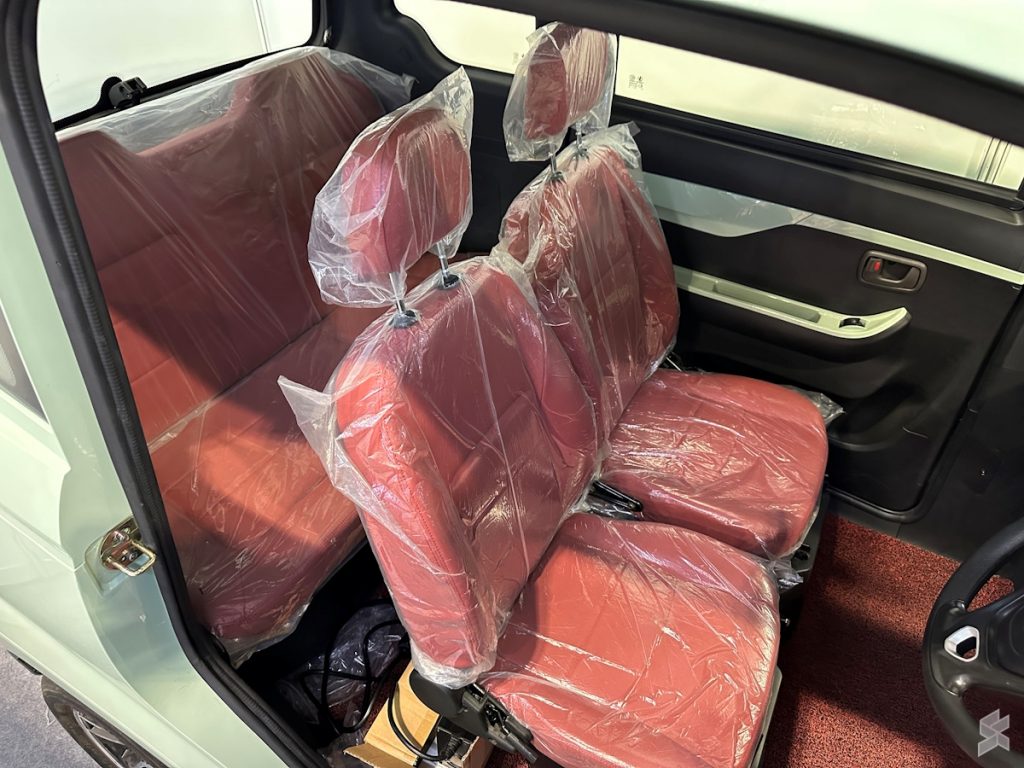
The car is already quite narrow, hence it is not surprising to see that there is no centre console island between the two front seats. In fact, the gap between them is quite small which means that the driver and front passengers will be sitting very close to each other.
As the car still has a physical handbrake and is located right in between the two front seats, this could lead to some awkward moments between the driver and front passenger. When it comes to the rear passenger seats, I would say the legroom space generally depends on the generosity as well as the size of your driver and front passenger.
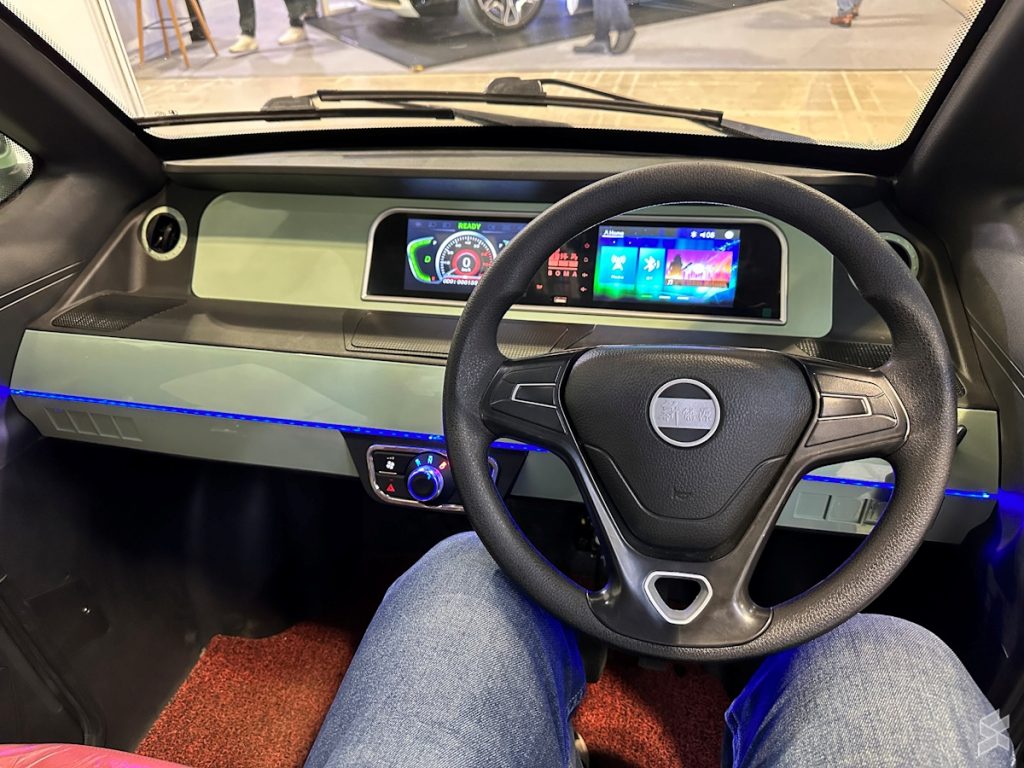
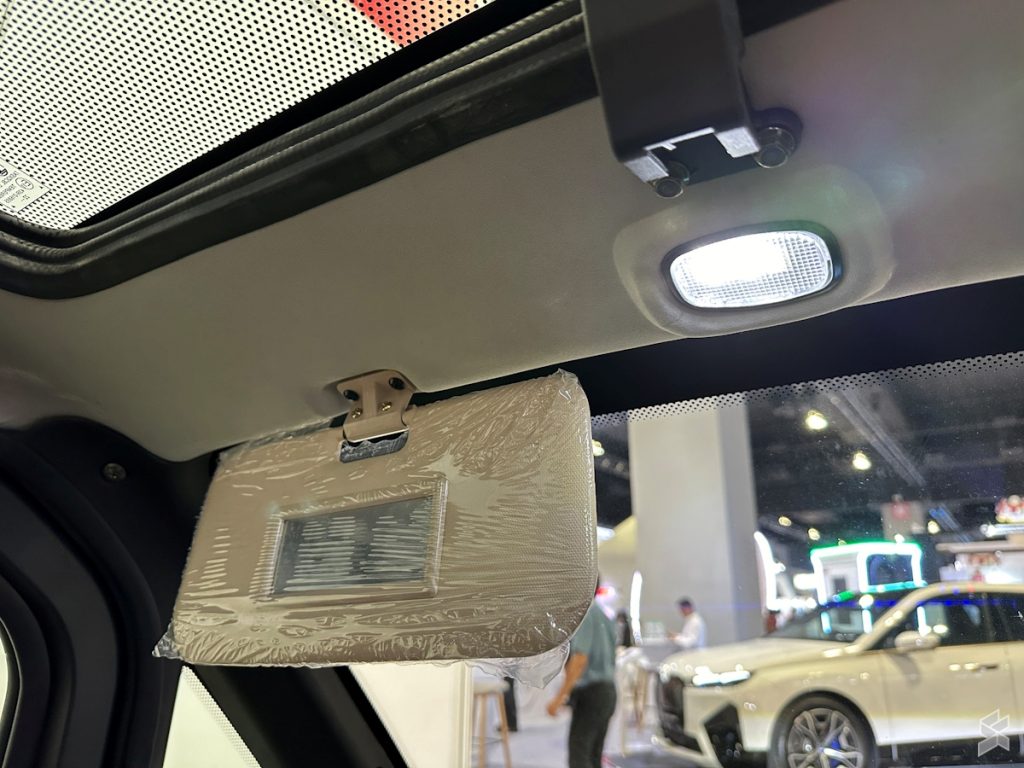
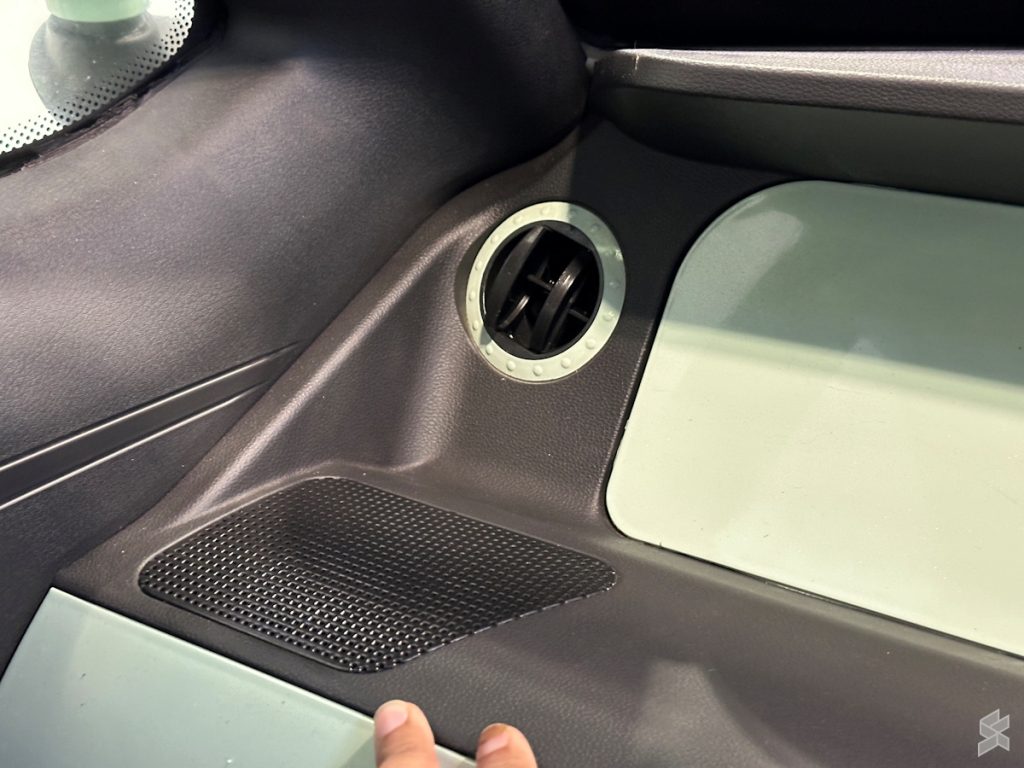
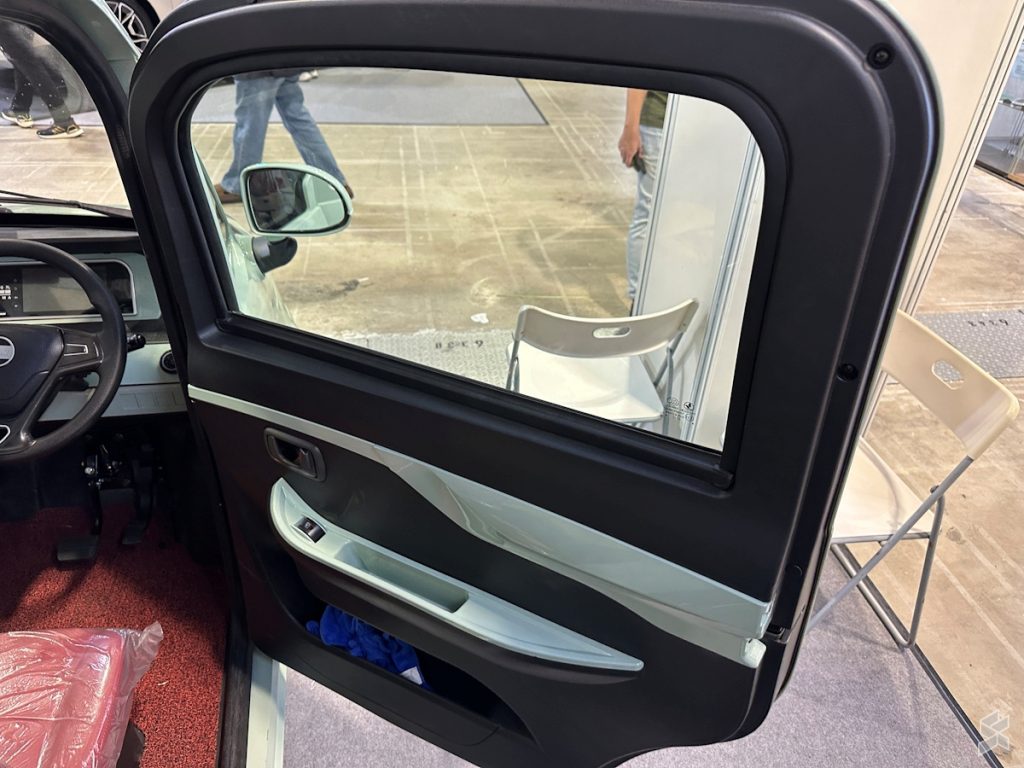
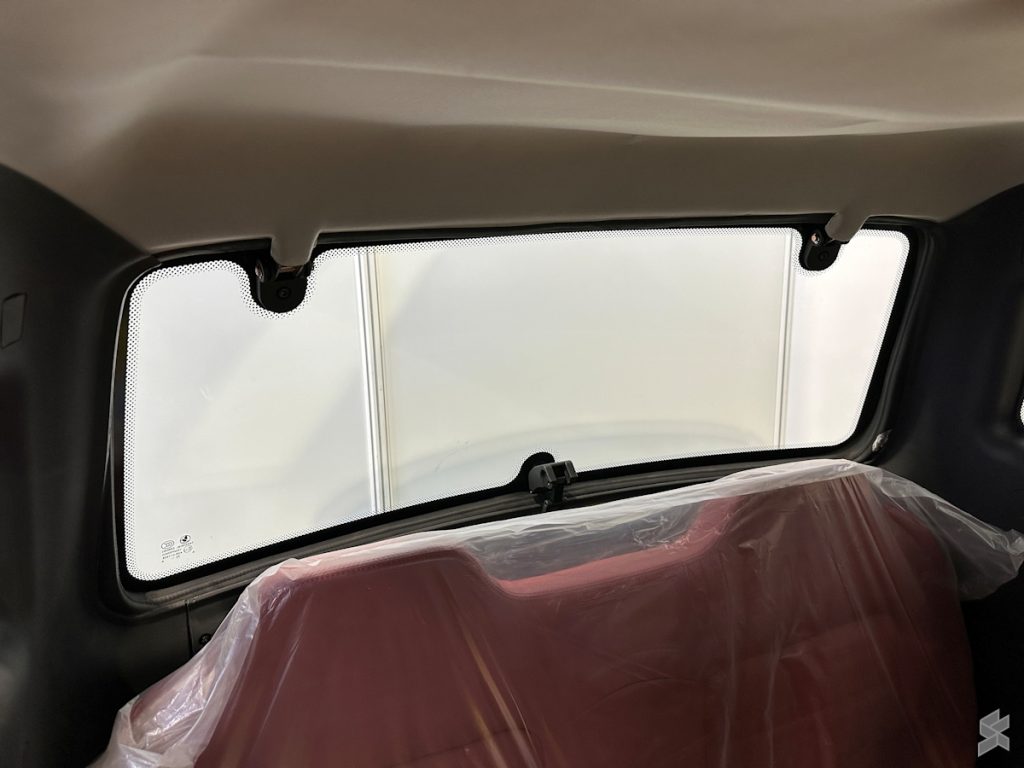
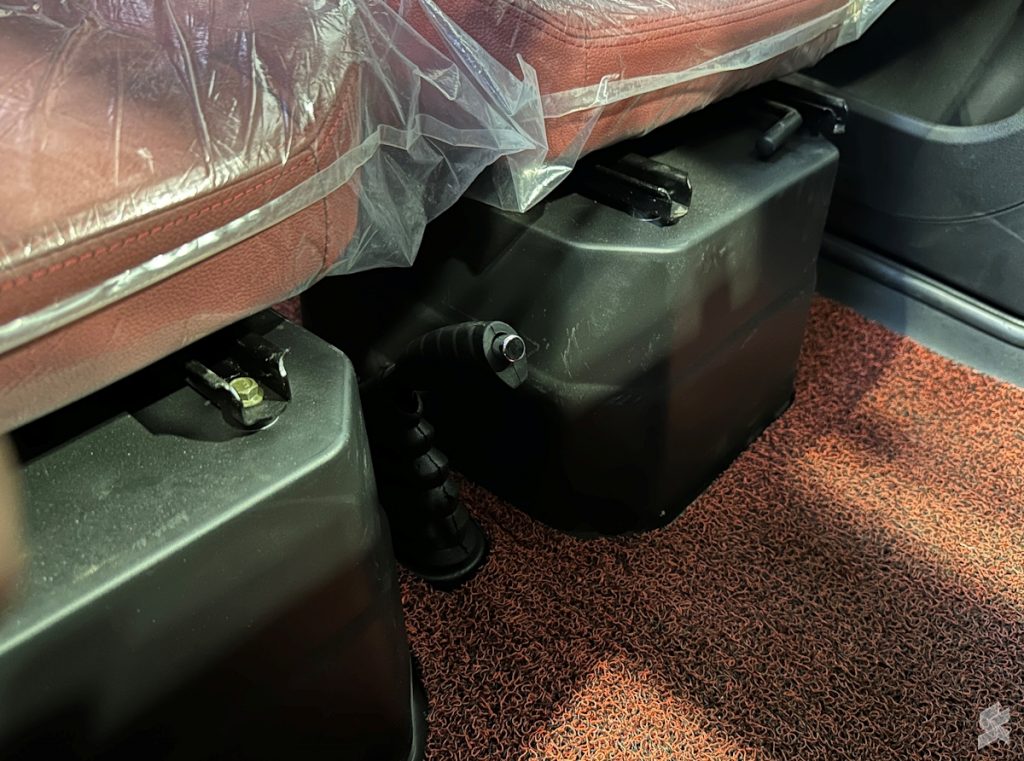
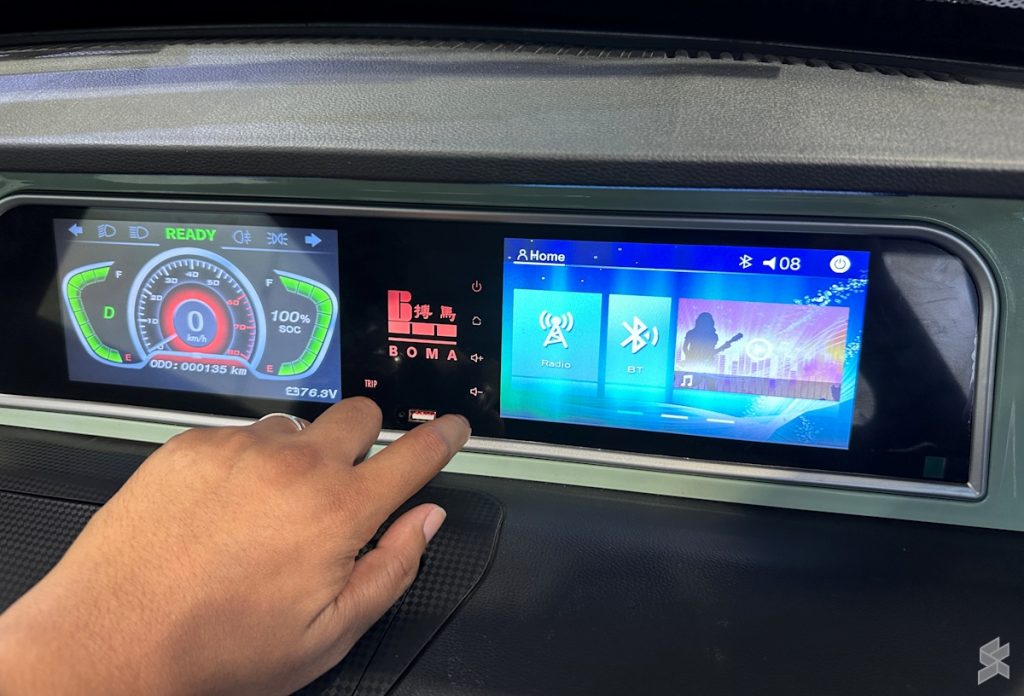
I was not able to tell the material that was used for the seats as well as their quality since they were under wraps the whole time the car was on display. For the rest of the X9’s interior section, plastic was certainly Feibo Automobile’s material of choice and the build quality certainly showed that you are not looking at a premium vehicle.
To my surprise, the EV comes with a rearview camera although that’s the only thing that it has as far as a driver’s assistance feature is concerned. Despite being a budget-oriented EV, it does come with a digital instrument cluster and a touch-based multimedia player with support for Bluetooth as well as a USB-A port for charging.
Is Boma X9 even road-legal?
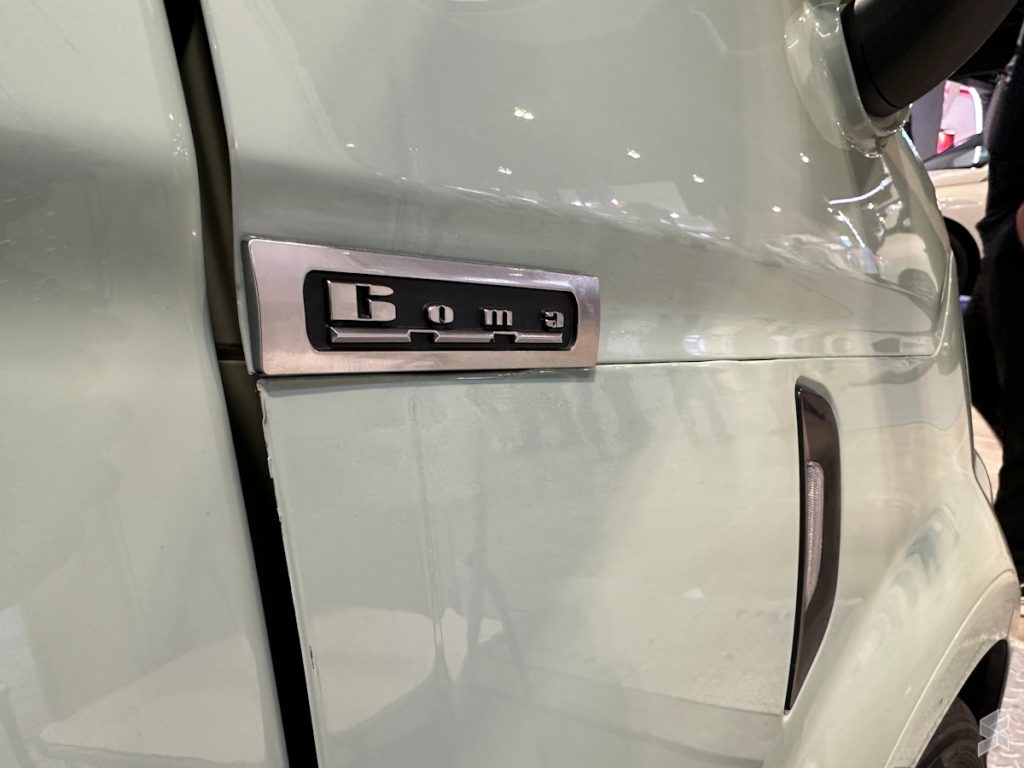
In this age and time, safety is a very important issue among car buyers. Unfortunately, the Boma X9 does not excel in this part.
While the X9 does come with disc brakes on all four wheels, I don’t see an anti-lock braking system (ABS) or something similar being listed on the specs sheet. Also absent from the car are electronic stability control (ESC) and airbags.
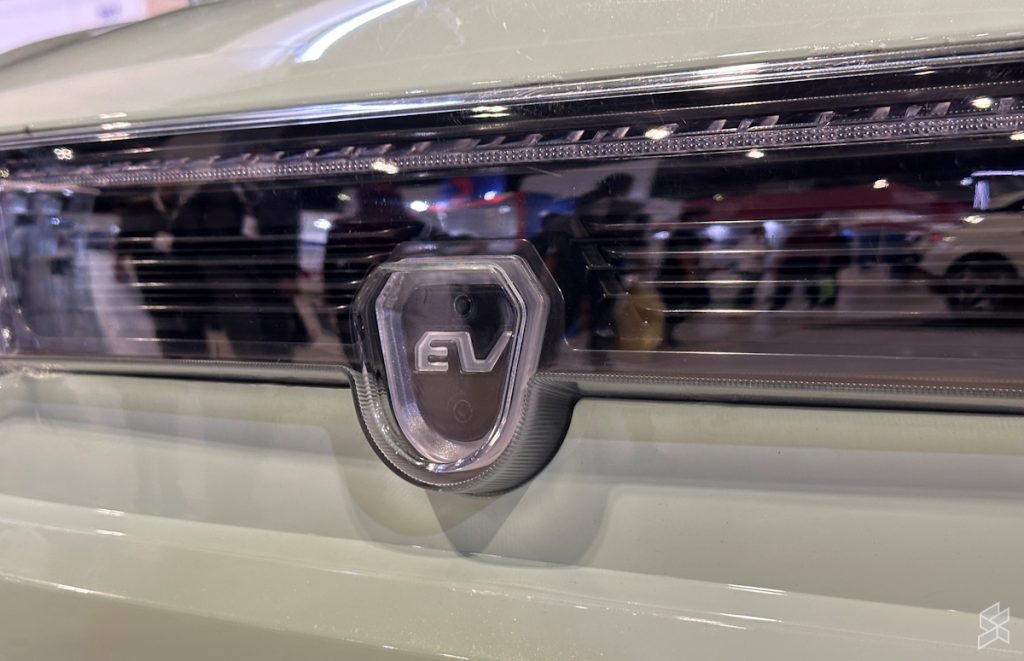
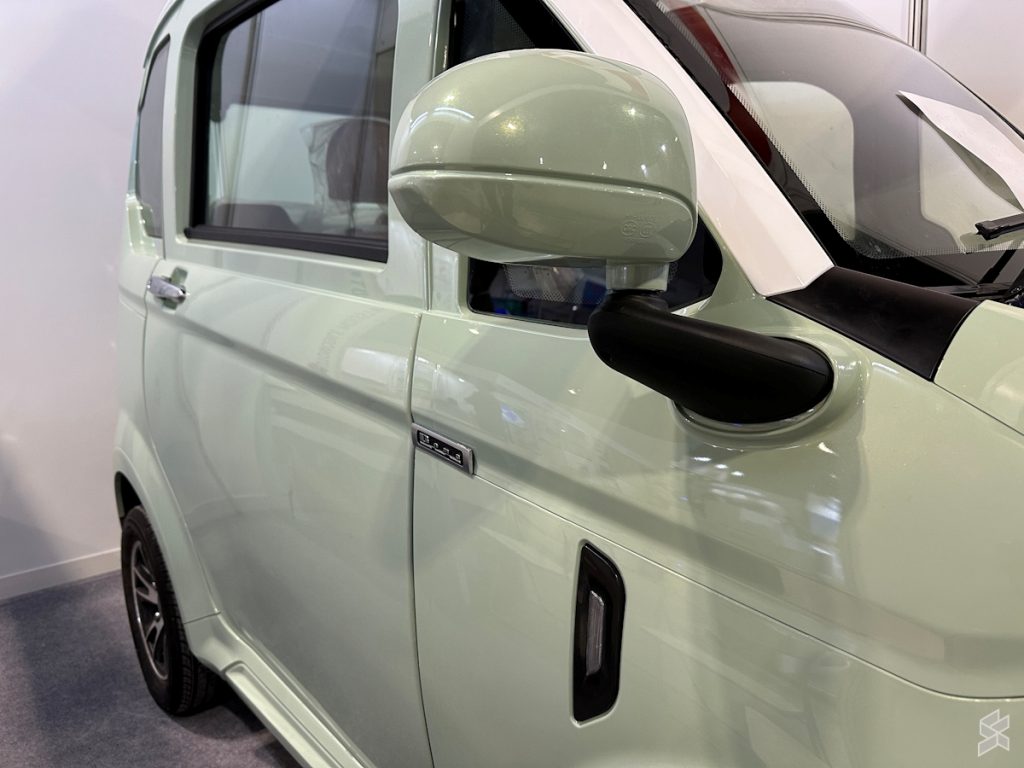
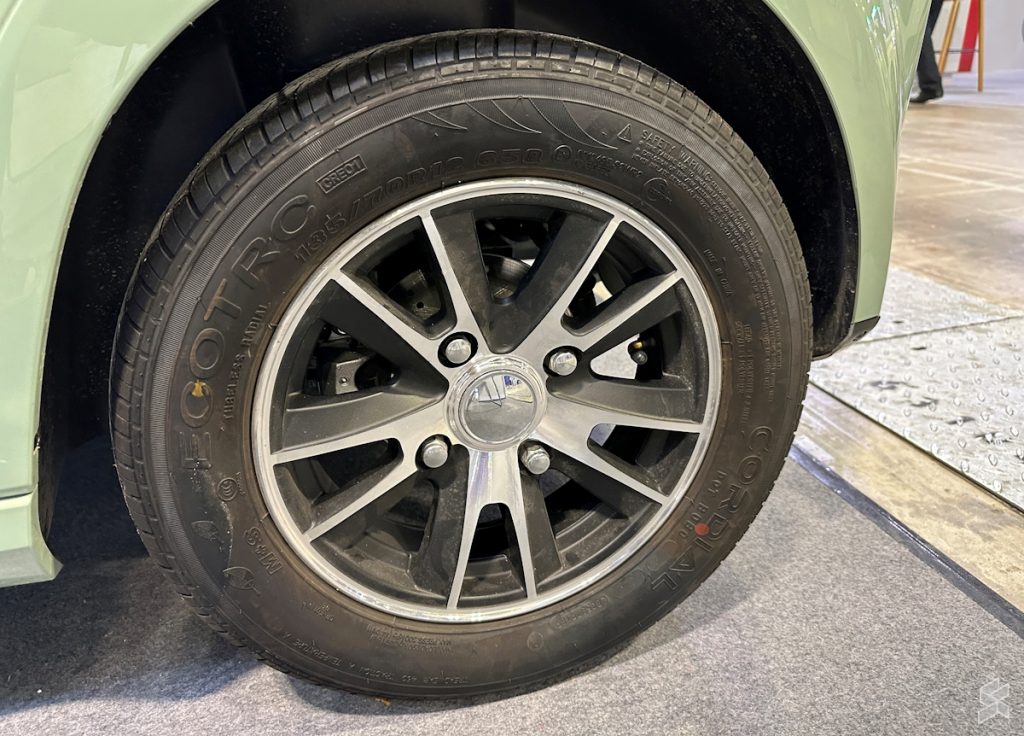
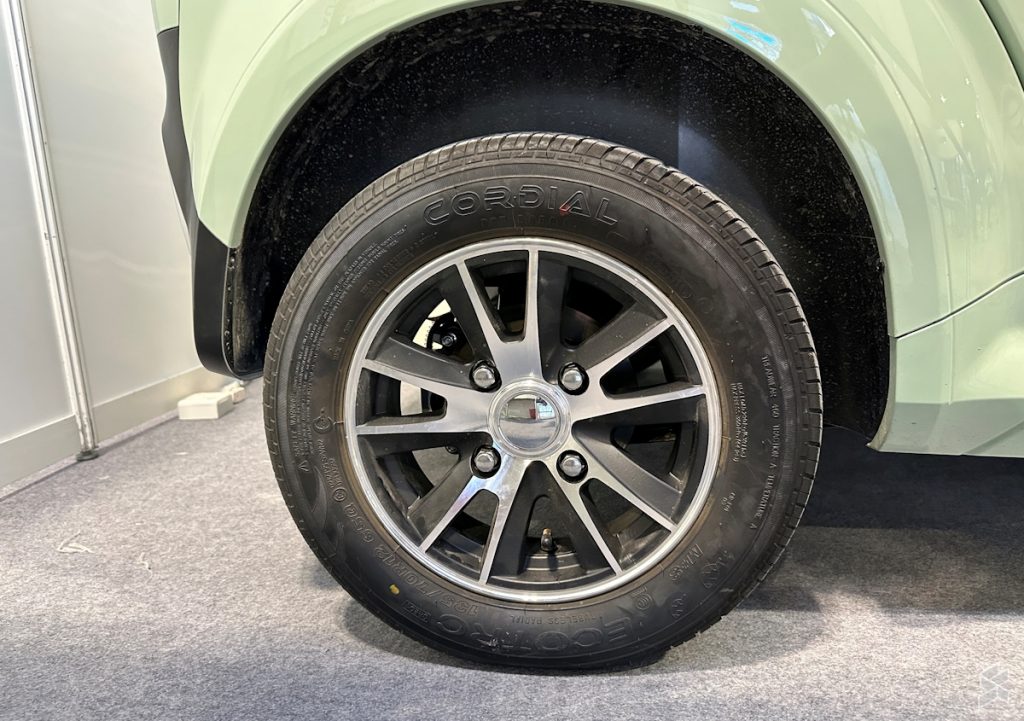
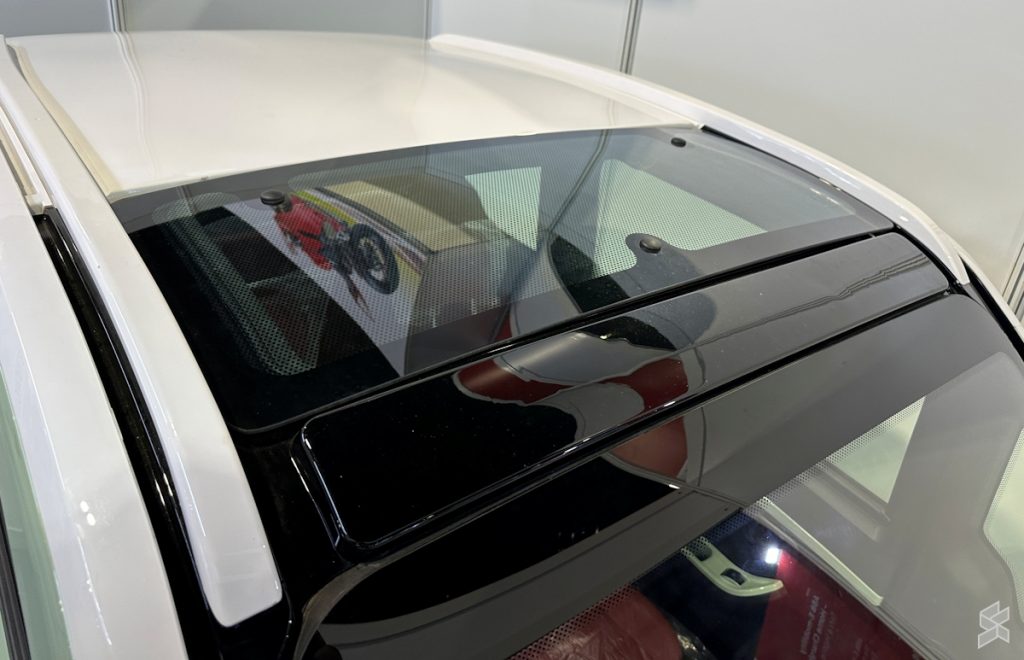
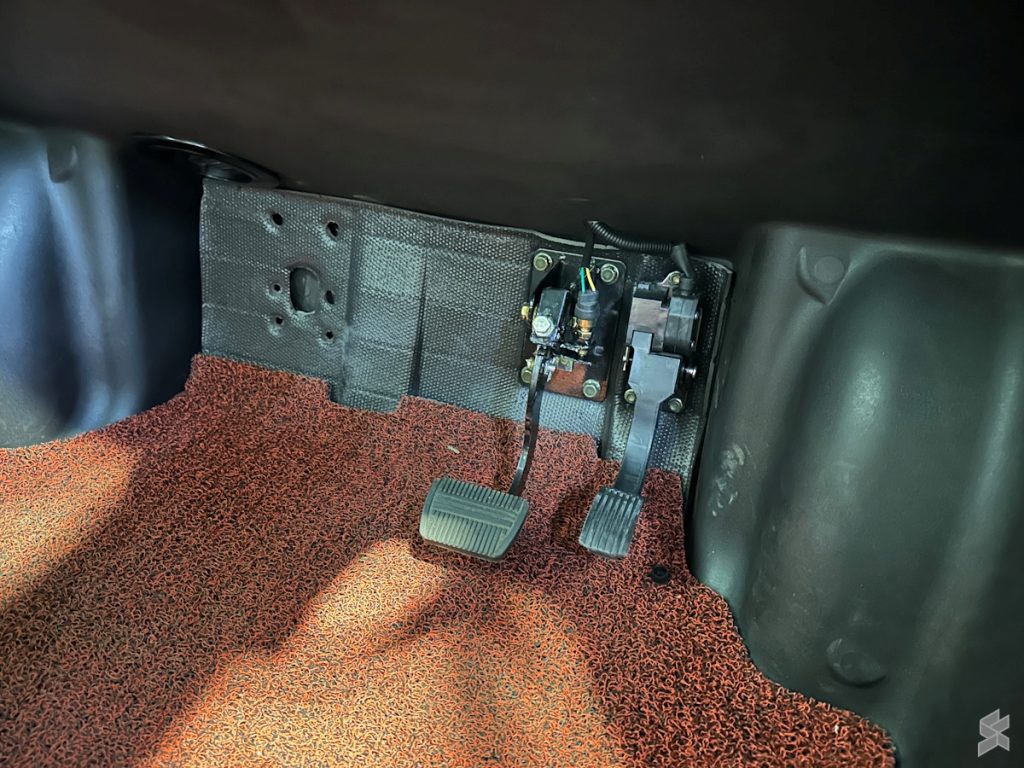
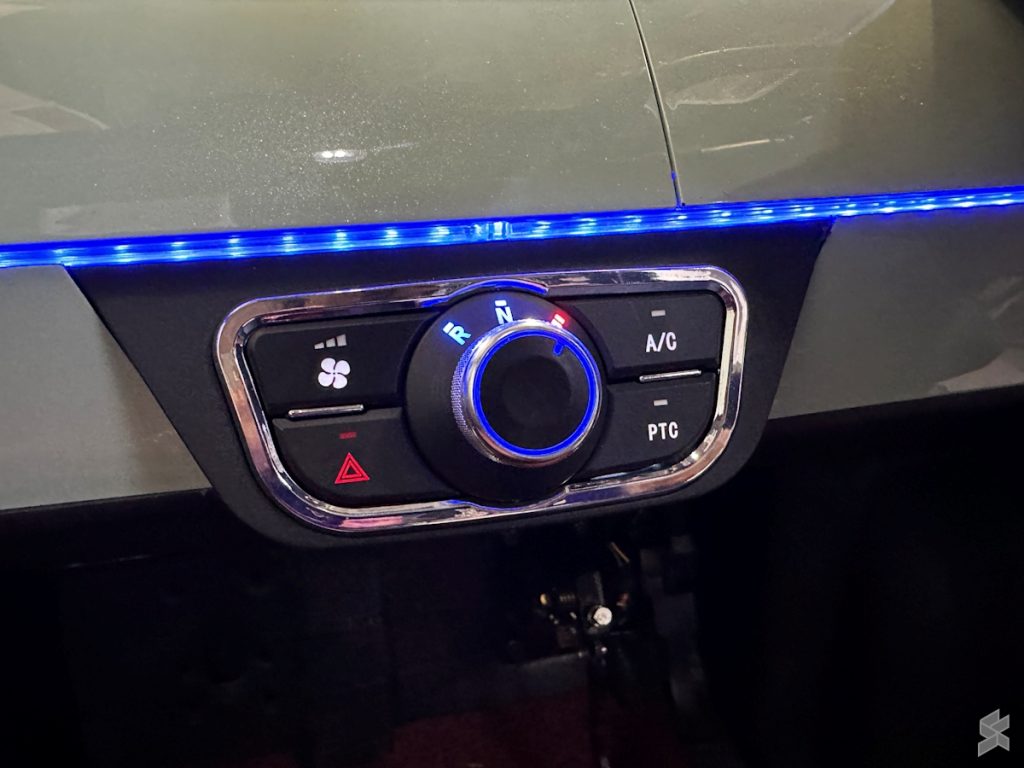
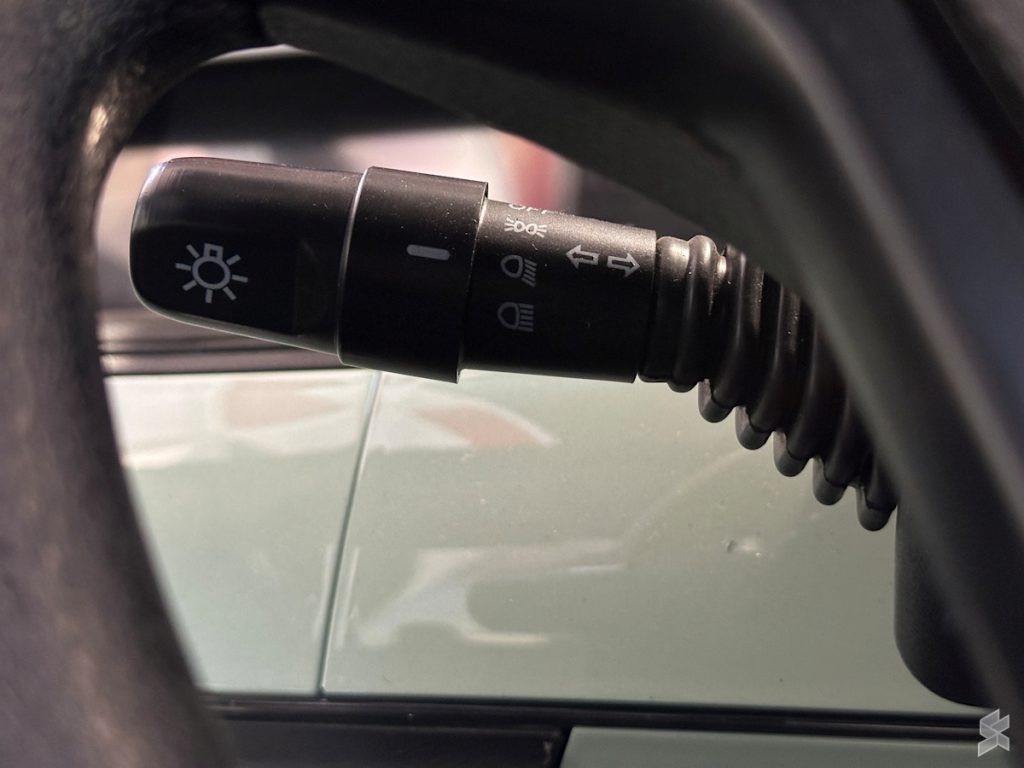
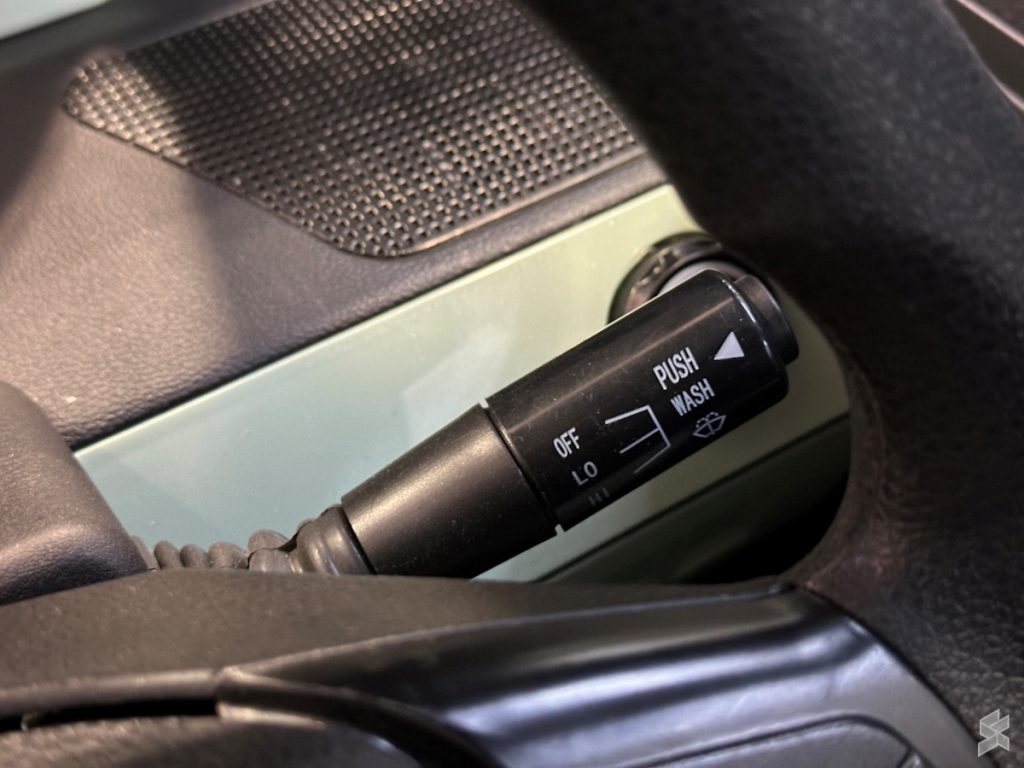
The specs sheet mentioned that the X9 comes standard with front and rear seat belts. However, I was not able to locate them on the unit that was on display at EVM Asia.
All in all, I don’t think the X9 would be able to pass the vehicle type approval process by the Road Transport Department (JPJ). This is especially given the fact that this EV doesn’t even have an ABS and ESC which has been made compulsory in Malaysia since July 2018.
So, what Boma X9 really is?
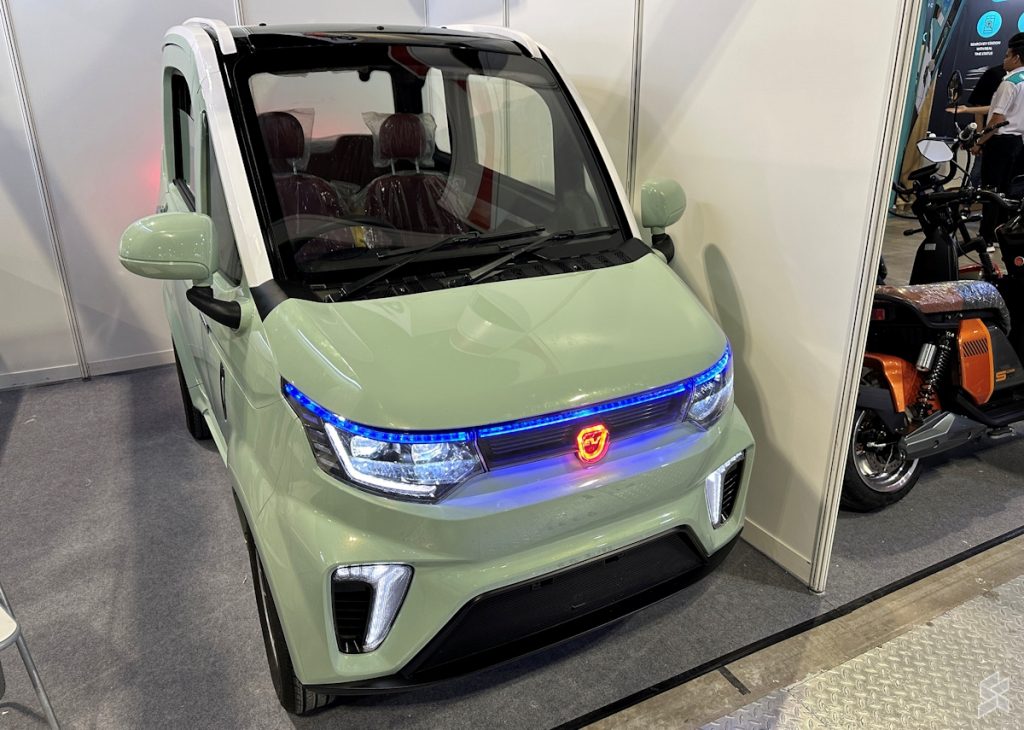
If you think that the Boma X9 is in the same class as the Wuling Air, you are definitely mistaken. For what it’s worth, the Wuling Air is an actual car with proper safety implementations but the Boma X9 is more like a golf cart albeit with a covered body and air conditioning.
Aside from legal regulations, let’s also not forget that the Ministry of Investment, Trade, and Industry (MITI) has stipulated that all new fully-imported completely built-up (CBU) EVs must be priced at least RM100,000 until the end of 2025. Hence, it is going to be economically challenging to sell the Boma X9 as an actual road-going car in Malaysia.
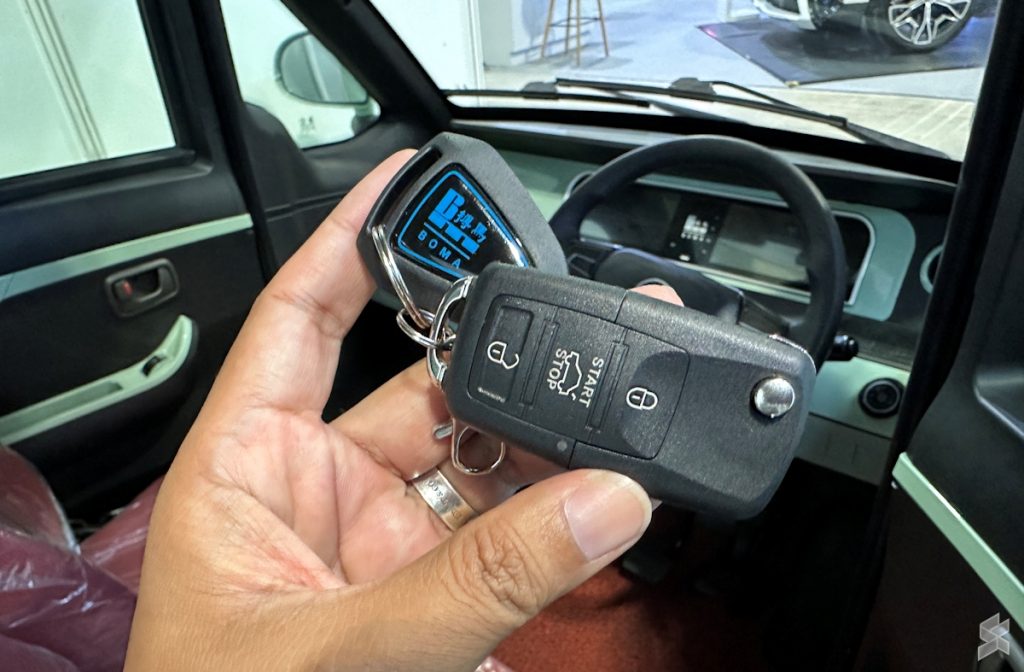
Perhaps, the X9 could be used in private compounds such as factories, university campuses, and holiday resorts. But on open roads? Not a chance.
Boma X9 Malaysia: Is this ultra-compact EV fit for Malaysian roads?
News Reports PH
0 Comments